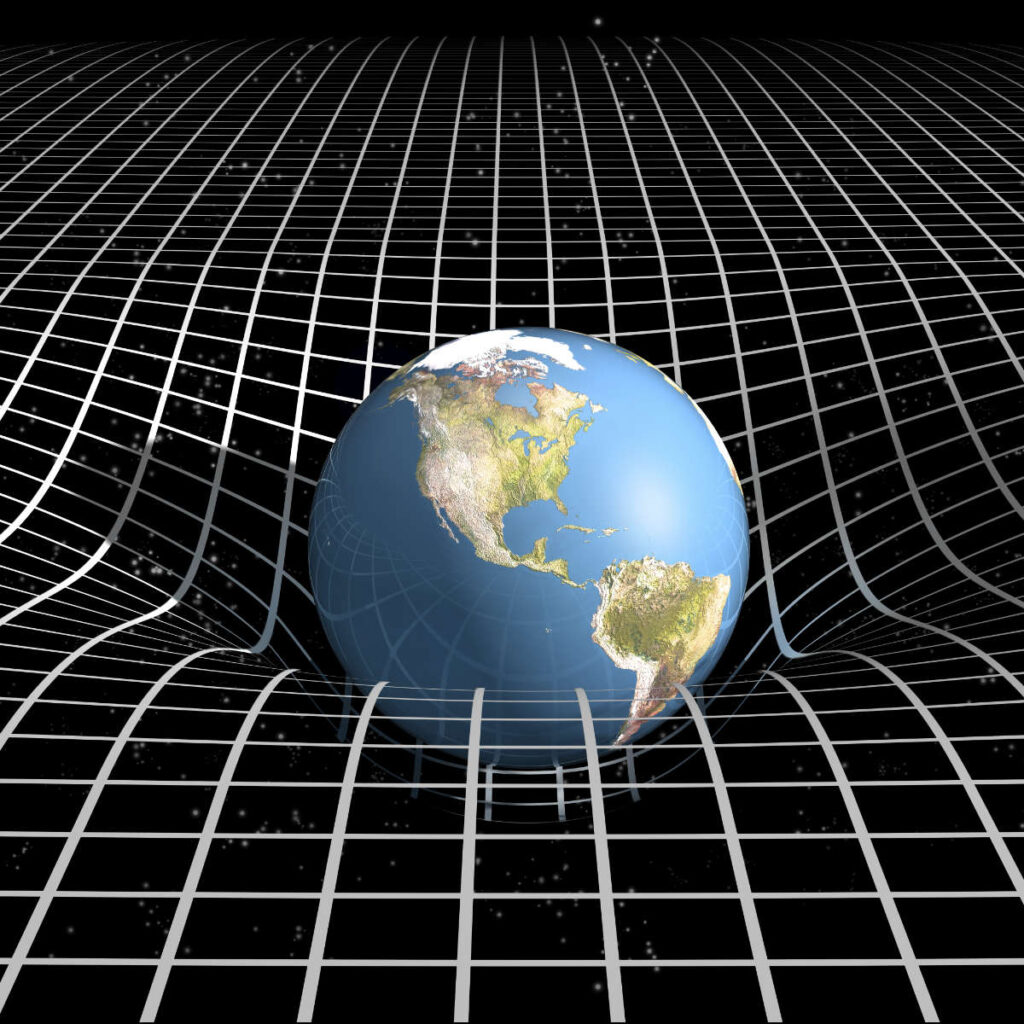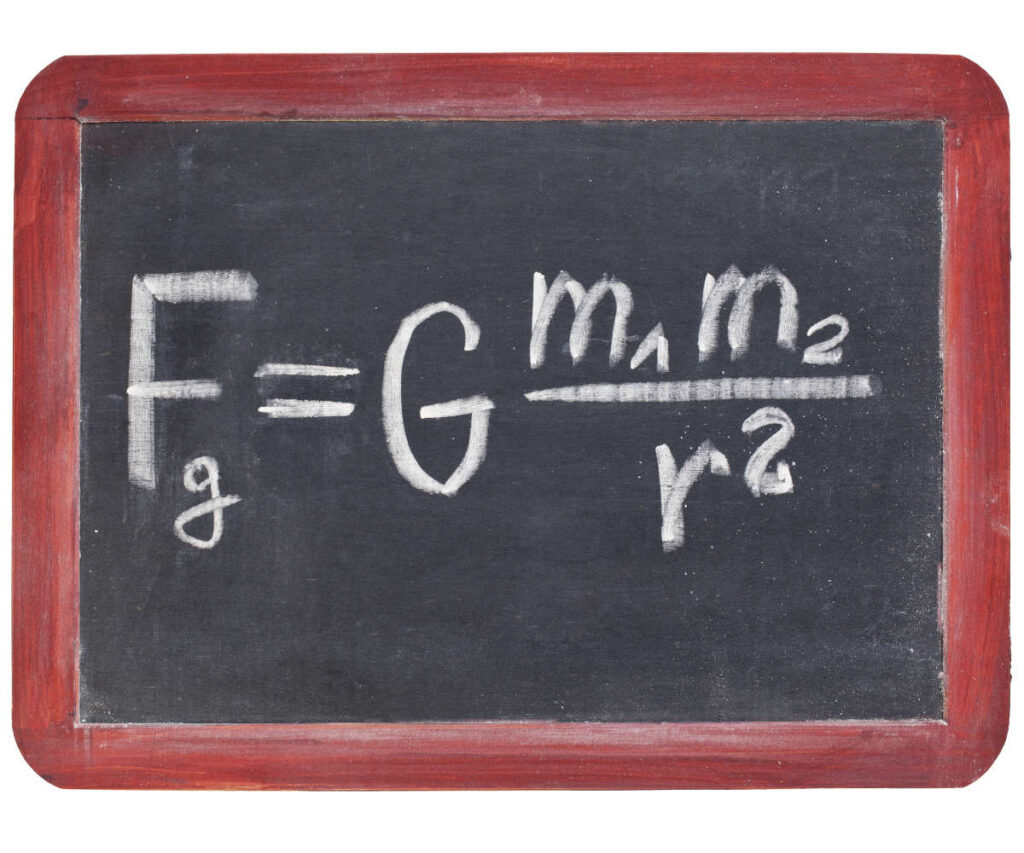Last Reviewed and Updated on June 6, 2022
Gravity is incredible. It affects everything in the universe, from our everyday tasks to the motion of planets, stars and galaxies. But how much do you really know about the gravitational force? Learn some of the most interesting facts about gravity, a force that attracts two objects towards each other.

1. Gravity is a force that causes all things with mass or energy to be attracted to each other
First of the important facts about gravity is that absolutely everything that has mass or energy has gravitational force, and objects with gravitational force gravitate one towards the other.
For a majority of everyday objects, the strength of this force is neglect-able.
2. It is the weakest of forces but moves galaxies
In physics, we know four fundamental forces; the gravitational force, the electromagnetic force, the weak interaction, and the strong interaction.
Out of these four, gravitational force is by far the weakest (it is 1038 times weaker than strong interaction, 1036 times weaker than the electromagnetic force, and 1029 times weaker than weak interaction.
That is a whole lot weaker! It has no real relevance on the subatomic level.
But it is on the macroscopic level where the gravity shines, it determines the motion of the astronomical objects, galaxies, and even light.
3. On Earth, gravity gives weight to physical objects
The gravitational force’s attraction between you and Earth is your weight. Your weight would change in an environment with different gravity, like if you were to go to the moon. Your mass always stays the same. On Earth, weight and mass are roughly the same numbers – if your mass is 100 kg you weigh 98 N.
Want to play with your weight? Take a scale in the elevator and weigh yourself as you start riding the elevator up and down.
4. Moon’s gravity plays a role in creating tides
The gravity of the moon affects the tides of the oceans on Earth, along with Earth’s rotation and the Sun to some extent.
During high tides, the Moon’s gravity pulls the ocean (and Earth) towards it, making a bulge on the side closest and furthest from the moon. The part of the ocean that is bulged is high tide, and the other is low tide.

5. Issac Newton was the First to Describe Gravity Mathematically
You are probably familiar with the story about young Newton watching an apple falling from the tree and getting inspired to create his theory on gravity.
Other scientists before him were aware of this force, but couldn’t quite put it into numbers.
Want to learn more about Newton? Read these facts about Newton.
6. Gravity is measured in units of acceleration
Gravity is measured by the acceleration it gives to objects that are in free fall.
7. Acceleration of gravity on earth is 9.81 m/s2 on average, on moon, it is about 1.625m/s2
Different objects have different gravity, the average gravity on earth is 9.81 m/s2 and on the moon, it’s 1.625 m/2.
Gravity is calculated according to Newton’s law of universal gravitation

F = force, G = gravitational constant, m = the mass of objects (1 and 2) and r = distance between the objects.
8. The higher you go on Earth, the less you weigh
While the difference is negligible, your weight (not your mass) will decrease the higher you go. This is because the strength of the gravitational force decreases when the distance of the objects affecting each other increases. The gravity is strongest in the center of the mass.
9. There is no such thing as true “zero gravity”
Now, this is one of the more interesting facts about gravity. You can’t escape gravitational forces anywhere in space. Wherever you go there will be some minor, unnoticeable by you, pull of the force.
What we conversationally call zero gravity is defined as the state or condition of weightlessness. It’s a state where the apparent effect of the gravitational force is zero.
10. Gravity determines the falling speed of objects
Gravity is what causes objects to fall toward the ground. The objects will fall at an accelerated speed, and this acceleration isn’t determined by the mass of the objects, but by the gravitational pull. On earth, the acceleration is 9.81 m/s2, which means an object that is in a free fall will accelerate the speed of the fall by 9.81m/s each second of the fall.
